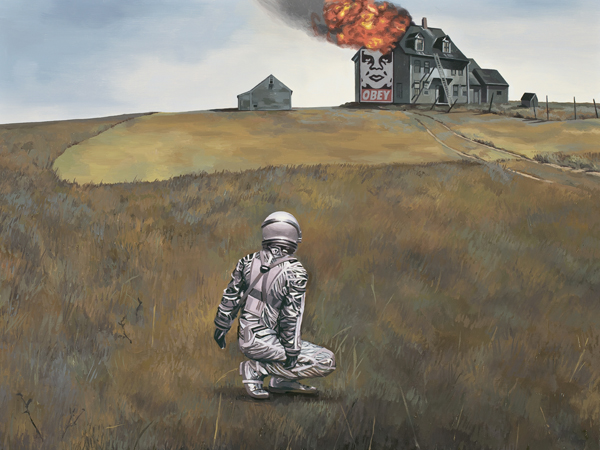
I feel like I may have blogged this at some point in the past, but couldn’t readily find it. At any rate, and Killscreen points the way to Scott Listfield’s AstronautDinosaur, where NASA’s finest find themselves on all manner of adventures.
Haunting the Web Since 1999

I feel like I may have blogged this at some point in the past, but couldn’t readily find it. At any rate, and Killscreen points the way to Scott Listfield’s AstronautDinosaur, where NASA’s finest find themselves on all manner of adventures.
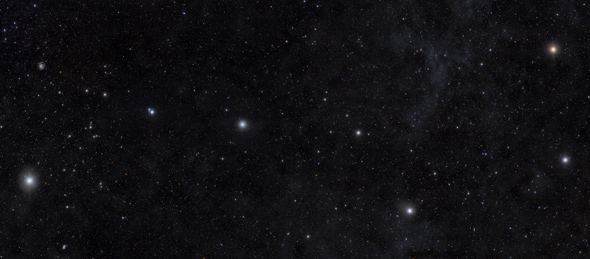
Bad Astronomer Phil Plait offers up a very high-resolution image of the Big Dipper by astrophotographer Rogelio Bernal Andreo. (Best to see it enlarged.) “Andreo’s photo shows remarkable detail. Of course there are thousands of stars, but I was able to see dozens of galaxies as well. A few of them are quite famous, like the huge and beautiful M101, the Pinwheel Galaxy.”
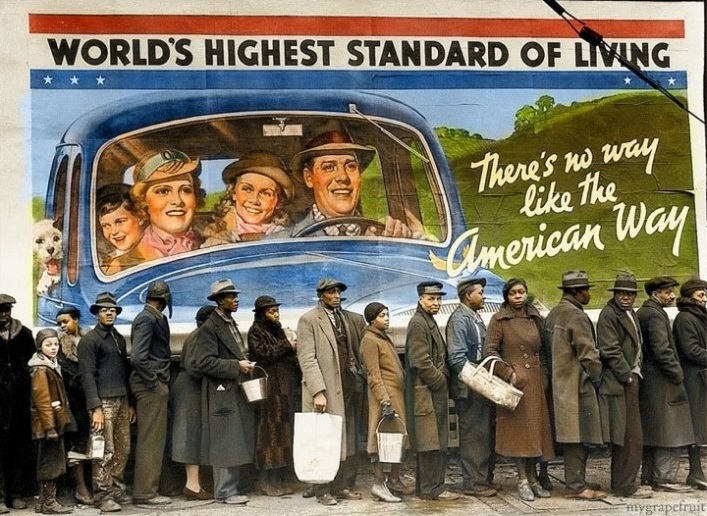
“In those years, photographer Sergei Mikhailovich Prokudin-Gorskii (1863-1944) undertook a photographic survey of the Russian Empire with the support of Tsar Nicholas II. He used a specialized camera to capture three black and white images in fairly quick succession, using red, green and blue filters, allowing them to later be recombined and projected with filtered lanterns to show near true color images.” Along related lines, and making the rounds again because of the Ukraine situation, “real” color photos of Russia from 1909 to 1912.



Whoa…I’ve read about kung-fu. An intriguing new app aims to turn everyone into speed readers. “Spritz is about to go public with Samsung’s new line of wearable technology.”
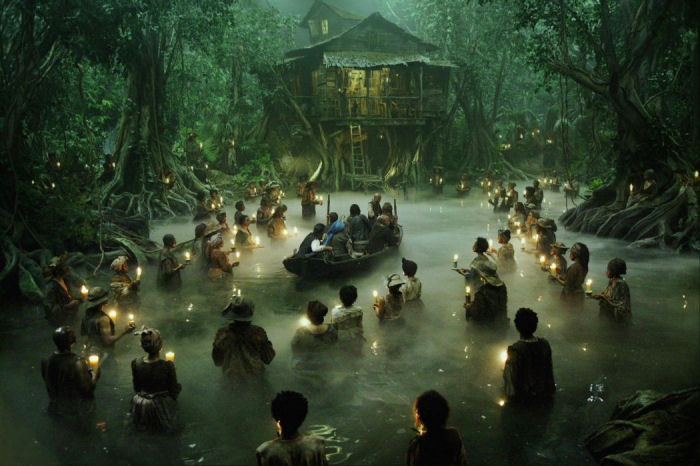
In Slate, Adrian Van Young delineates True Detective — and Lovecraft’s — debt to Louisiana, one of the cultural crossroads and borderlands where shadows linger and tricksters thrive. “Lost cities, liminal realms, and cosmic fear come more or less naturally to Louisiana…The chief-most horrors of the show are not voodoo curses or tentacled monsters or consciousness-destroying plays, but environmental slippage, religious perversion, badly mangled family trees. True Detective wears the cosmic-horror genre and its lineage, in other words, not unlike the Mardi Gras masks being worn today all over its native state. The mask is scary, sure enough, but what’s underneath can be even more frightening: one place in the U.S. where anything, it seems, can happen.'”
Also, for a more prosaic take on HBO’s current hit, see the credits for Law & Order: True Detective, below.
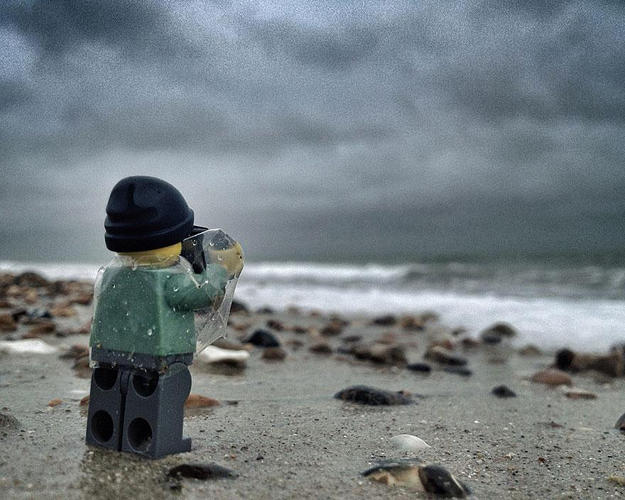
Fast Company‘s Joe Berkowitz and photographer Andrew Whyte chronicle the adventures of an intrepid Lego photojournalist. “Despite his diminutive size, this little guy seems to have had some big adventures. He scales buildings, he’s chased by a hermit crab, and slips on a giant (to him) banana peel.”
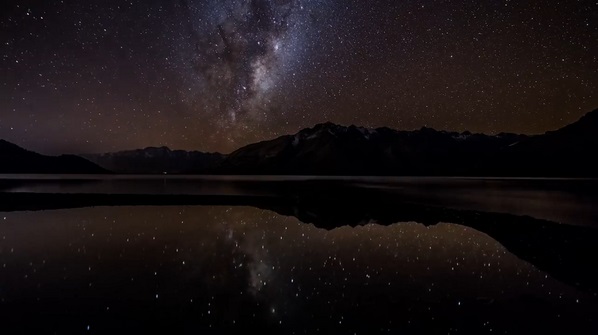

By way of sententiae et clamores, some terrifying tales for the time-deprived: twenty two-sentence horror stories. “I can’t move, breathe, speak or hear and it’s so dark all the time. If I knew it would be this lonely, I would have been cremated instead.”
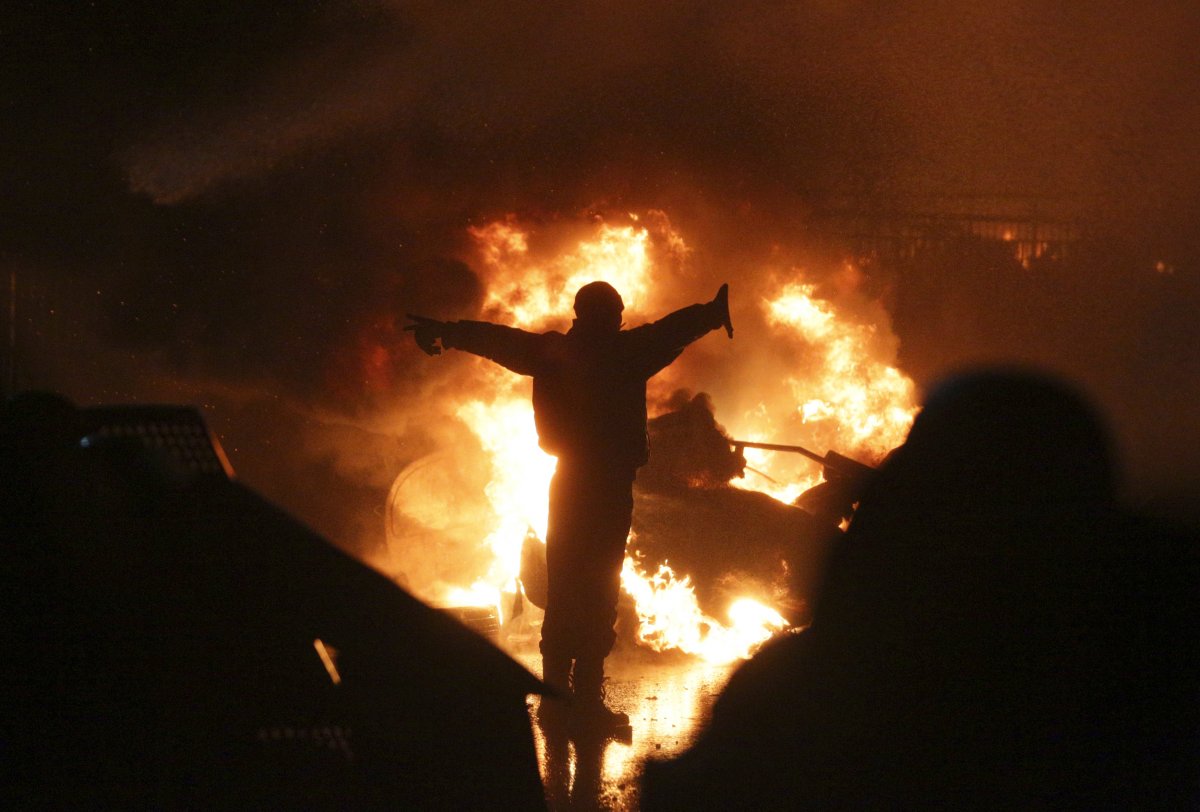
As the situation in Ukraine degenerates — here’s a decent primer — Paul Szoldra and Michael Kelly offer up stunning photos from the heart of the protests. “From riot police using ancient military tactics to defend against attacks to streets engulfed in flames, the photos coming for the heart of the standoff are incredible.”

Well, my friends are gone and my hair is gray. I ache in the places where I used to play, and I’m crazy for love, but I’m not coming on: Also in The New Yorker, Roger Angell files a dispatch from the far side of ninety. “Here in my tenth decade, I can testify that the downside of great age is the room it provides for rotten news. Living long means enough already.”